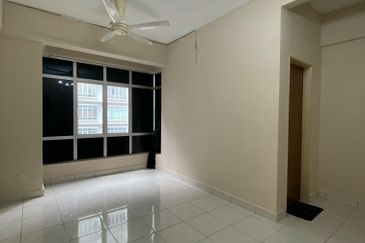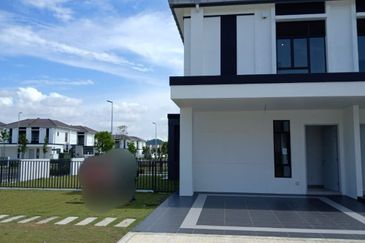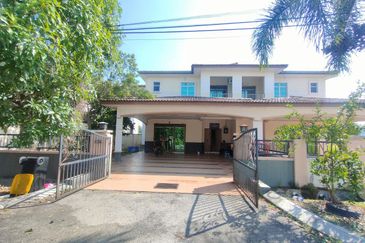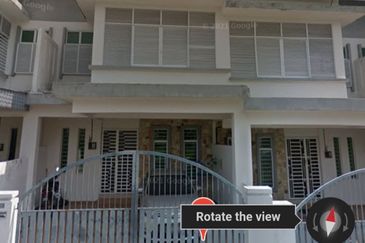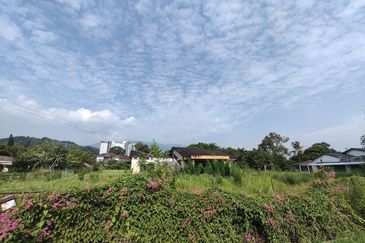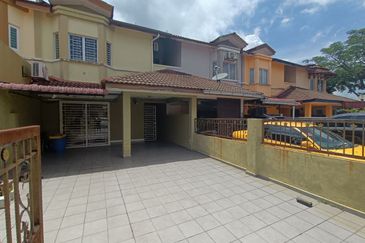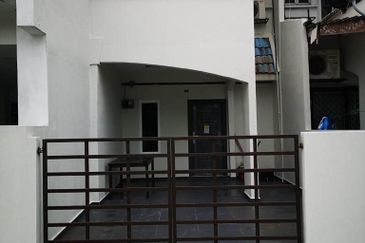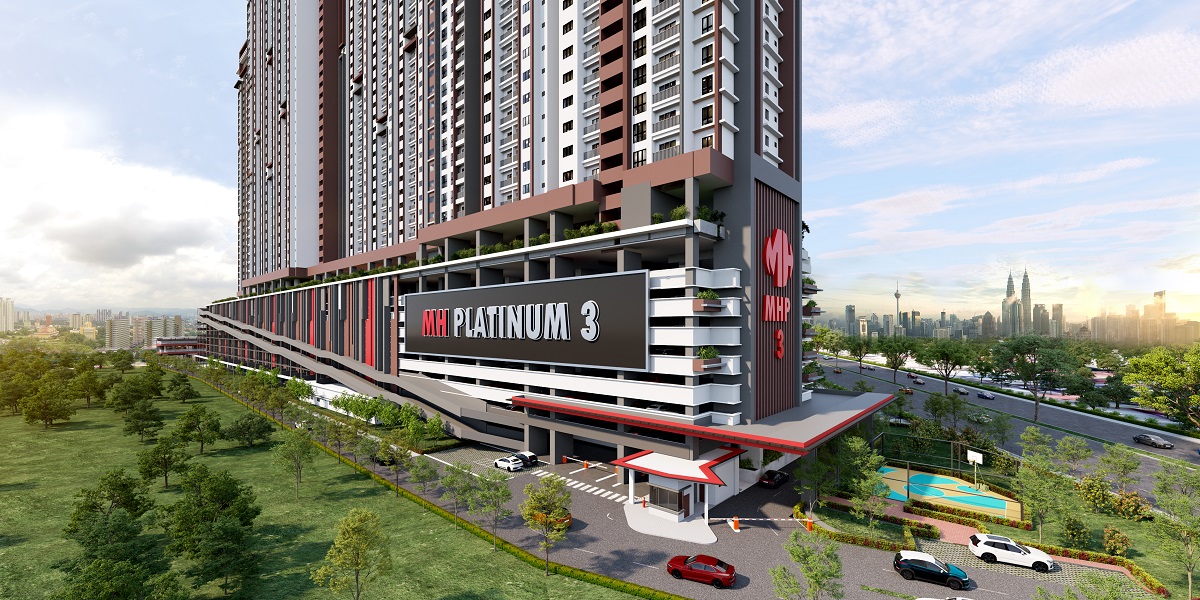Asia and Latin America are showing strong shopping centre growth, thanks to their growing middle class and strong consumer base as reflected in rising rents in both regions.
A report entitled A Global Perspective on the Shopping Centre Industry by Cushman & Wakefield and the International Council of Shopping Centers (ICSC) released on Sept 13 at the 2012 ICSC Retail Real Estate World Summit in Shanghai, China, reveals that the Asia-Pacific leads in terms of rental growth for shopping centres. The region’s shopping centre rental rates grew 2.8% as at June this year from a year ago.
The Asia-Pacific’s economic resurgence has allowed it to sustain retail expansion over the past two years, the report says. The prosperity is seen in the high rents and outsized rental rate growth achieved in the prime shopping centres in the region.
Hong Kong’s high volume of mainland tourists and a dearth of prime shopping centre space has given it the world’s highest retail rate at US$927 psf. Rents in Shanghai and Beijing have achieved US$404 psf and US$368 psf respectively.
The Asia-Pacific’s booming consumer class, new economic policies supporting retail and growing international scope have promoted the strong performance of shopping centres and will support future expansion, says the report.
With 300 million sq ft of new retail projects in the first half of 2012, some cities are at risk of overbuilding, but positive long-term economic and demographic conditions will provide a strong platform for the growth and absorption of new shopping centres across the region.
Europe remains a stable but divided market, the report says, despite the turmoil of the eurozone crisis. Retail sales were down 1.2% as at June from the previous year.
Country performance has been mixed, with month-to-month sales having been volatile. Retail sales in Germany and the UK were up 2.5% from a year ago while retail sales in Spain and Italy were down 2% to 4% from last year.
Annual rent growth rates were at zero to 0.5%. Countries seeing the strongest levels of economic expansion are also experiencing strong rental growth with a 7% increase in Poland in June from a year ago and a 4% increase in Turkey. Markets with the highest rental rates include Moscow at US$372 psf, London at US$279 psf and Zurich at US$255 psf.
The Americas did better than Europe by achieving annual rent growth of 0.5%. In the Americas, the report highlights that the shopping centre market is outperforming other retail segments and property types. Growth in consumer spending and retail sales have resulted in positive demand for prime malls in the US and Canada.
Occupancy and rental rates have increased in urban luxury malls that cater for tourists in gateway cities such as New York, Washington DC and Los Angeles.
Latin America has been the bright spot in the Americas, the report says, fuelled by a strong middle class coupled with an existing wealthy class with great untapped spending power and high consumption rates.
As a result, international retailers from the US, Europe and Asia are expanding there to capitalise on this potential. Vacancy rates of many of the top malls are at 2% to 3%. The markets with the highest rental rates include Argentina at US$500 psf, Sao Paulo at US$309 psf and Colombia at US$250 psf.
The report focuses on global retailers and macroeconomic and consumer trends impacting the global shopping centre industry, as well as demand and rent trends for prime shopping centres within the Asia-Pacific, Europe and the Americas. It provides an overview of how these trends will shape things as retailers and owners position their shopping centres for the next phase of the global real estate cycle.
Moreover, the report highlights that changes in consumer preference, spending patterns and technological advances have impacted owners and retailers in all regions.
With the increasing maturity of e-commerce, owners are using technology in new ways — including smartphone applications, virtual malls and social media events — to drive visitor traffic to their shopping centres. “Owners of prime shopping centres around the world are constantly repositioning themselves to provide the full shopping experience,” the report says.
“The physical shopping centre is still at the heart of a consumer’s retail experience,’” says Glenn Rufrano, president and CEO of Cushman & Wakefield. “Successful retailers and owners will be those who are able to partner and carefully evaluate opportunities for revenue, profitability and expansion.”
Consumer behaviour has had a large impact in shaping the formats of shopping centres throughout the globe. The US has older and more mature super-regional shopping centres located in suburban areas while in Europe, prime shopping centres are generally less abundant and can be located in central locations or along major traffic routes.
In Asia, density reigns supreme due to its high population — the five largest shopping centres in the world are located in China, the Philippines, Malaysia and Thailand.
Shopping centre owners are also focused on tailoring their tenant mix for different segments of shoppers, adding a higher concentration of luxury retailers in areas with pockets of wealth and high volumes of international tourists, and providing a stronger international mix of retailers to meet consumer demand. While many brands have positioned their flagship marketing stores on high streets in urban retail districts, some retailers are actually choosing shopping centres over urban retail corridors for additional expansion, citing the advantages of shopping centres’ higher-quality tenant mix and more modern, convenient amenities.
“The shopping centre sector remains a truly dynamic sector of retail real estate,” says John Strachan, global head of retail for Cushman & Wakefield. “As tenants and owners expand across borders, we are seeing exciting new schemes that will define the next phase of the industry’s growth.”
This article appeared in City & Country, the property pullout of The Edge Malaysia, Issue 930, Oct 1-7, 2012
TOP PICKS BY EDGEPROP
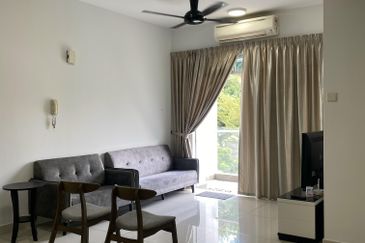
Saville @ The Park
Pantai Dalam/Kerinchi, Kuala Lumpur
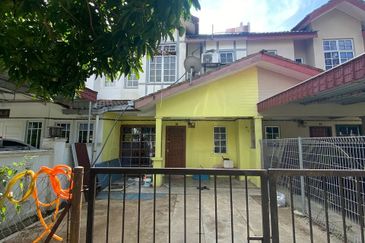
Jalan Cakera Purnama 12/19
Bandar Puncak Alam, Selangor

Bandar Baru Kuala Selangor
Kuala Selangor, Selangor
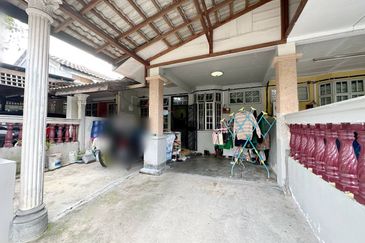
Bandar Puncak Alam
Bandar Puncak Alam, Selangor


